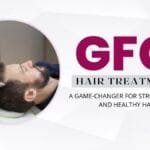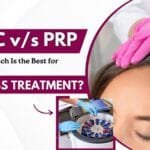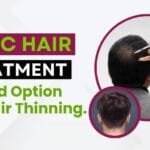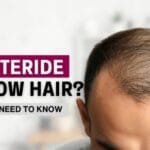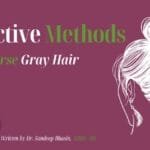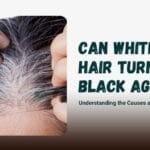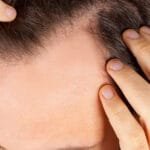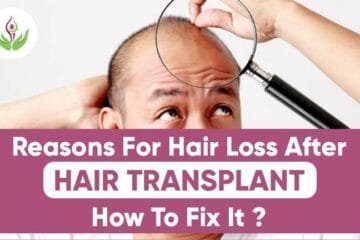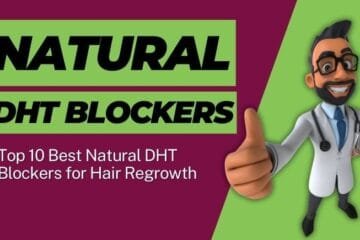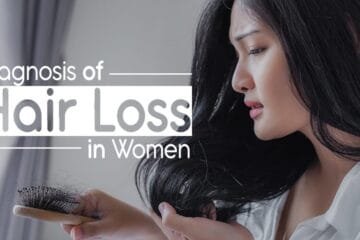Introduction
Platelet-Rich Plasma (PRP) hair treatment has gained popularity as a promising solution for hair loss and thinning hair. By using the patient’s own blood, PRP therapy harnesses growth factors to stimulate hair growth and improve hair density. However, knowing what to avoid after PRP hair treatment is crucial to achieving the best results and ensuring a smooth recovery. Following proper post-treatment guidelines can significantly impact the success of your treatment. This comprehensive guide will provide you with detailed information on what to avoid after PRP hair treatment to optimize your results.
Understanding PRP Hair Treatment
PRP therapy involves drawing blood from the patient, usually from the arm. The blood is then placed in a centrifuge, which separates the platelet-rich plasma from other components. This PRP is rich in growth factors that aid in tissue repair and regeneration.
Procedure Details
The PRP is carefully injected into areas of the scalp that are experiencing hair thinning or loss. The entire PRP procedure typically takes about an hour, and most patients can resume normal activities shortly afterward.
Benefits of PRP for Hair Loss
PRP therapy has several benefits for those experiencing hair loss, including:
- Stimulating natural hair growth
- Increasing hair density and thickness
- Improving hair follicle health
Immediate Post-Treatment Care
Right after your PRP hair treatment, your scalp may feel tender and slightly sore. It’s crucial to take special care during this period to ensure proper healing.
Here are some immediate post-treatment tips:
- Avoid Touching the Treated Area: Refrain from touching, scratching, or massaging the scalp for at least 8 hours post-treatment to avoid irritation and infection.
- Keep the Scalp Dry: Avoid washing your hair or exposing your scalp to water for at least 24 hours. This includes avoiding activities that may cause sweating, such as exercise or saunas.
- Avoid Hair Products: Do not apply any hair products, such as gels, sprays, or oils, for the first 24-48 hours after treatment. These products can interfere with the healing process and cause irritation.
Activities to Avoid After PRP Treatment

Certain activities can hinder the healing process and affect the results of your PRP hair treatment. It’s essential to avoid the following activities in the days and weeks following your treatment:
- Vigorous Exercise
Engaging in vigorous exercise can increase blood flow and cause sweating, which may lead to infection or disrupt the PRP’s healing process. It’s advisable to avoid intense workouts, weight lifting, and any strenuous physical activities for at least 48 hours post-treatment.
- Swimming
Swimming in pools, hot tubs, or natural bodies of water should be avoided for at least 72 hours post-treatment. Chlorine and other chemicals in pools can irritate the scalp, while natural bodies of water may contain bacteria that can lead to infections.
- Alcohol Consumption
Alcohol can thin the blood, which may interfere with the PRP treatment and delay the healing process. It’s best to avoid consuming alcohol for at least 48 hours after your treatment.
Skincare and Haircare Products to Avoid After PRP Treatment
The scalp is sensitive after PRP hair treatment, and using the wrong products can cause irritation or impede the healing process.
Here’s a list of products to avoid:
- Harsh Shampoos and Conditioners
Avoid using shampoos and conditioners that contain sulfates, parabens, or alcohol. These ingredients can dry out the scalp and cause irritation. Opt for gentle, sulfate-free products instead.
- Hair Dyes and Chemical Treatments
Refrain from coloring your hair or undergoing any chemical treatments, such as perming or straightening, for at least four weeks post-treatment. These treatments can be harsh on the scalp and may interfere with the PRP’s effectiveness.
- Heat Styling Tools
Using heat styling tools, such as blow dryers, curling irons, and straighteners, can cause excessive heat exposure to the scalp. Avoid using these tools for at least one week after your treatment to prevent damage to the treated area.
Diet and Lifestyle Modifications
Your overall health and lifestyle play a significant role in the success of your PRP hair treatment. Here are some dietary and lifestyle modifications to consider:
- Healthy Diet
Consume a balanced diet rich in vitamins and minerals that promote hair health. Include foods high in protein, iron, and vitamins A, C, D, and E. Hydration is also crucial, so drink plenty of water.
- Stress Management
Stress can negatively impact hair health. Practice stress-reducing techniques, such as meditation, yoga, or deep breathing exercises, to support your overall well-being and promote hair growth.
- Avoid Smoking
Smoking can impair blood circulation and reduce the oxygen supply to hair follicles, hindering the effectiveness of PRP treatment. It’s best to avoid smoking altogether for optimal results.
Medications and Supplements to Avoid
Certain medications and supplements can interfere with the healing process and the effectiveness of PRP treatment for hair loss. Always consult with your healthcare provider before taking any new medications or supplements.
Here are some common ones to avoid:
- Blood Thinners
Blood-thinning medications, such as aspirin, ibuprofen, and certain supplements like fish oil, can increase the risk of bleeding and bruising. Avoid these for at least one week before and after your treatment.
- Anti-Inflammatory Medications
Non-steroidal anti-inflammatory drugs (NSAIDs) can inhibit the body’s natural healing process. Avoid taking NSAIDs, such as ibuprofen or naproxen, for at least one week after your PRP treatment
Managing Side Effects and Complications
While PRP hair treatment is generally safe, some side effects and complications can occur. Here’s how to manage them:
- Swelling and Bruising
Mild swelling and bruising at the injection site are common and usually resolve within a few days. Applying a cold compress to the affected area can help reduce swelling.
- Infection
In rare cases, infection can occur. If you notice signs of infection, such as increased redness, warmth, pain, or discharge, contact your healthcare provider immediately.
- Allergic Reactions
Though rare, allergic reactions to PRP treatment can happen. If you experience symptoms like itching, rash, or difficulty breathing, seek medical attention promptly.
Long-Term Care and Maintenance
To maintain the results of your PRP hair treatment, long-term care and maintenance are essential. Here are some tips:
- Regular Follow-Up Treatments
PRP hair treatment often requires multiple sessions for optimal results. Follow your provider’s recommendations for follow-up treatments, which may be spaced a few months apart.
- Healthy Hair Care Routine
Adopt a gentle hair care routine that includes using mild shampoos, avoiding excessive heat styling, and being gentle while brushing or combing your hair.
- Ongoing Nutritional Support
Continue to support your hair’s health with a balanced diet and appropriate supplements. Biotin, zinc, and other hair-supporting vitamins can be beneficial.
Conclusion
PRP hair treatment is a promising solution for hair loss, offering a natural way to stimulate hair growth and improve hair density. However, post-treatment care is crucial for achieving the best results. By avoiding the aforementioned activities and following the recommended guidelines, you can ensure a smooth recovery and maximize the benefits of PRP treatment.
Remember, each individual’s response to PRP treatment may vary, so it’s essential to follow your doctor’s specific recommendations and maintain regular follow-up appointments. With proper care and a healthy lifestyle, you can enjoy the full benefits of PRP hair treatment and achieve healthier, fuller hair.
FAQs
Results can vary, but most patients start to see improvements in hair growth and density within three to six months after the treatment.
PRP hair treatment is generally suitable for individuals experiencing hair thinning or hair loss. However, it may not be effective for those with extensive hair loss or certain medical conditions. Consult with your doctor to determine if PRP is right for you.
The number of sessions required varies based on individual needs. Typically, three to four sessions spaced about four to six weeks apart are recommended for optimal results.
Yes, PRP can be combined with other hair loss treatments such as minoxidil or finasteride. Consult with your doctor to develop a comprehensive treatment plan tailored to your needs.
PRP hair treatment is generally safe with minimal long-term side effects. However, some individuals may experience temporary side effects such as mild swelling, redness, or bruising at the injection sites.
By adhering to these guidelines and taking proactive steps in your hair care routine, you can enhance the effectiveness of PRP hair treatment and enjoy healthier, fuller hair.


